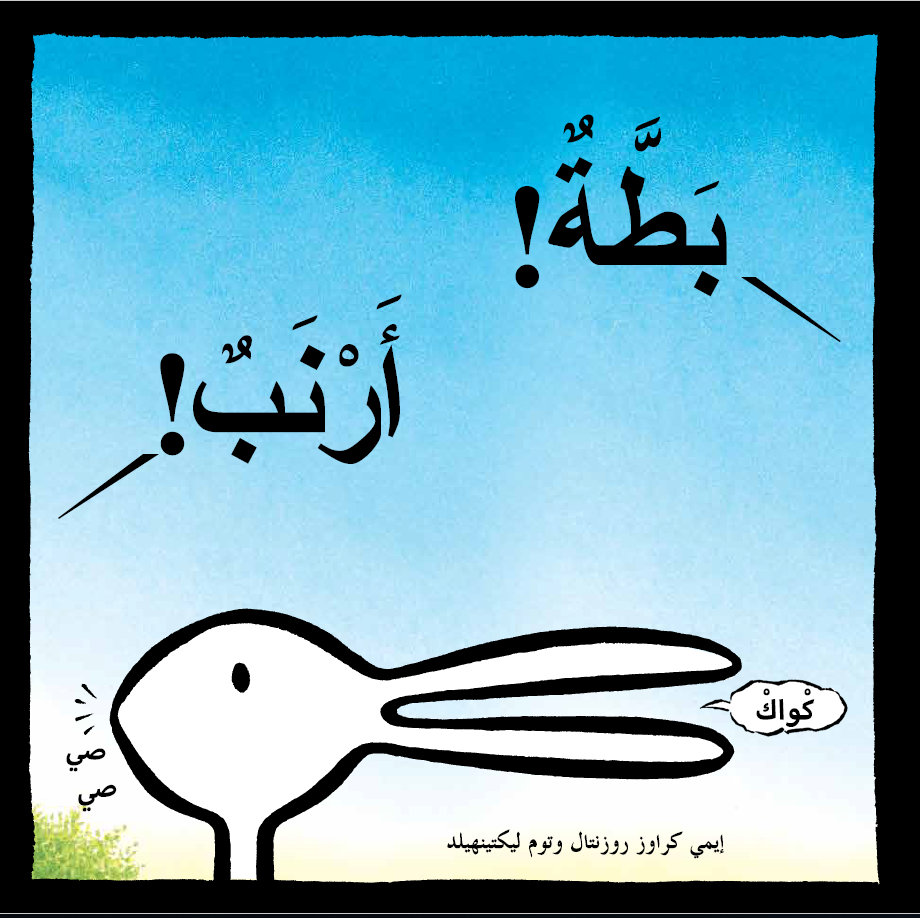
A story about two children looking up at the clouds. The two children see the cloud as two different objects. One sees it as a duck and the other sees the cloud as a rabbit. By the end of the story both children see the other animal in the cloud. This could help children understand that we all are different and have different imaginations.



